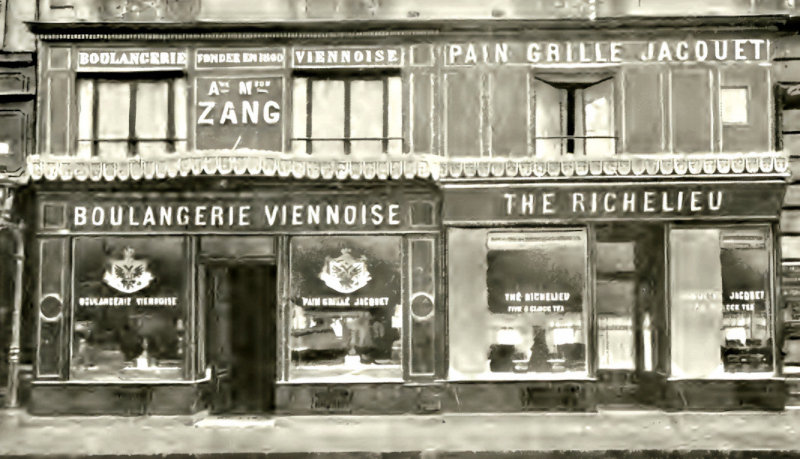The History of Croissants. French or Austrian?
The croissant is one of the world’s most iconic pastries, characterized by its flaky layers and signature crescent shape. But what are the origins of this delightful treat? The croissant’s fascinating history originates from the Austrian Kipferl or Kifli pastry.
The Kipferl is a yeast-based bread roll shaped into a crescent before being baked. Unlike the French Croissant, made from laminated dough, the Kipferl has a more straightforward composition and is not flaky and less buttery.
An assumption suggests that Marie Antoinette, who hailed from Vienna, introduced the Kipferl to Paris in 1770, before the outbreak of the French Revolution. As an Austrian princess, she married Louis XVI and ascended to the position of Queen of France. Nostalgic for her native pastries, Marie Antoinette popularized the croissant at the French court, and it became a staple in French bakeries.
Most historians assert this narrative is wrong, and the croissants only became popular in France during the 19th century. The earliest documented instance of a Viennese bakery, known as “Boulangerie Viennoise” was established by August Zang in Paris in 1839, potentially contributing to the pastry’s widespread popularity.

French bakers took the Kipferl’s and began experimenting with different techniques. At this point, they started making the croissant with a laminated dough comprised of multiple layers of dough and butter, resulting in the interior honeycomb structure we associate with the modern-day croissant. The pastry took a short time to become popular, evolving into the croissant we know today.
In 1915, Sylvain Claudius Goy published a French Croissant recipe, which marked the first documented instance of such a recipe. You can find it in the book “La Cuisine Anglo-Américaine”. Croissants became a staple in French bakeries and were enjoyed during breakfast or as a snack with coffee.

Traditional French Croissants
At the heart of traditional French croissants are simple ingredients: flour, yeast, milk, sugar, salt, and, of course, butter. The dough undergoes lamination – rolling and folding the dough with butter multiple times, giving the croissant its unique flaky texture.
Legend
The story of the creation of the Kipferl is quite fascinating. According to legend, during the siege, Viennese bakers, still working in their bakeries beneath the city, heard the Ottomans trying to build underground tunnels to enter the city. They alerted the authorities, who successfully defended the town against invaders.
The Kipferl was initially created to celebrate the Austrian victory over the Ottoman Empire in the Battle of Vienna in 1683. The crescent shape resembled the Ottoman flag, symbolizing victory over the invaders.
But this is just a legend because there is evidence that the Kipferls have been baked since the 13th century.